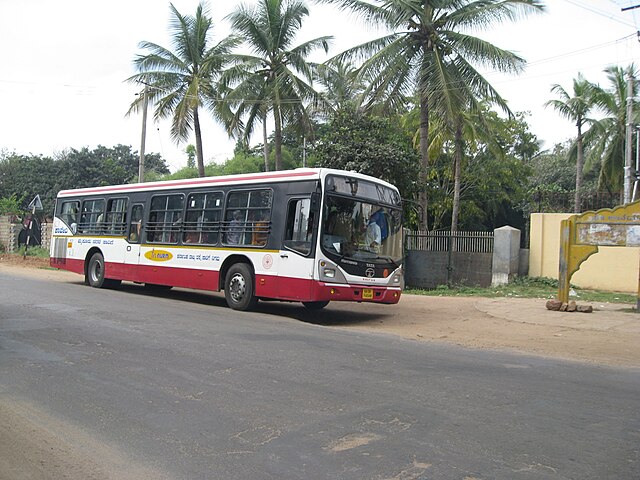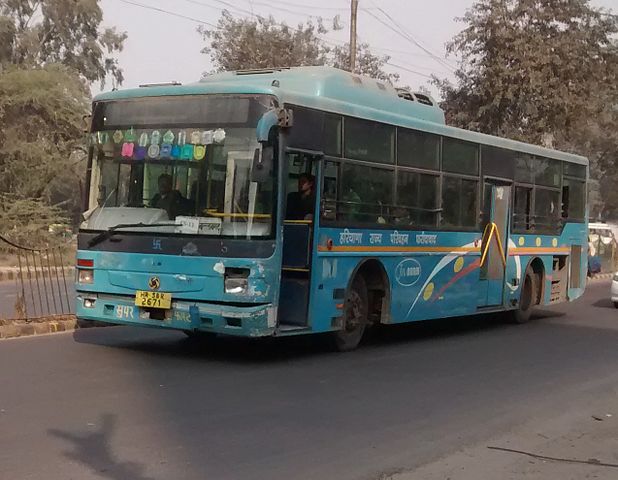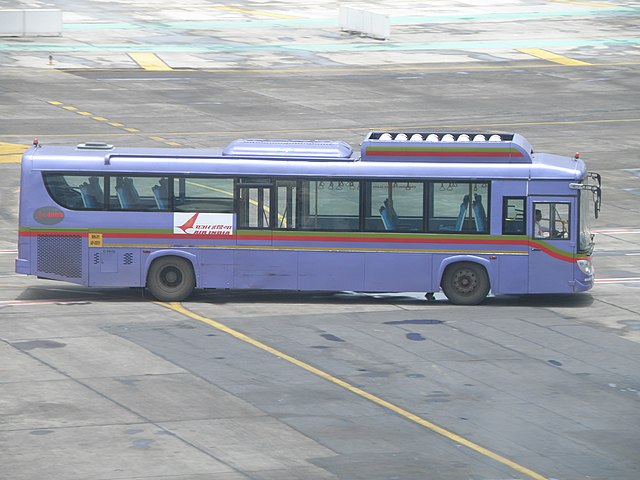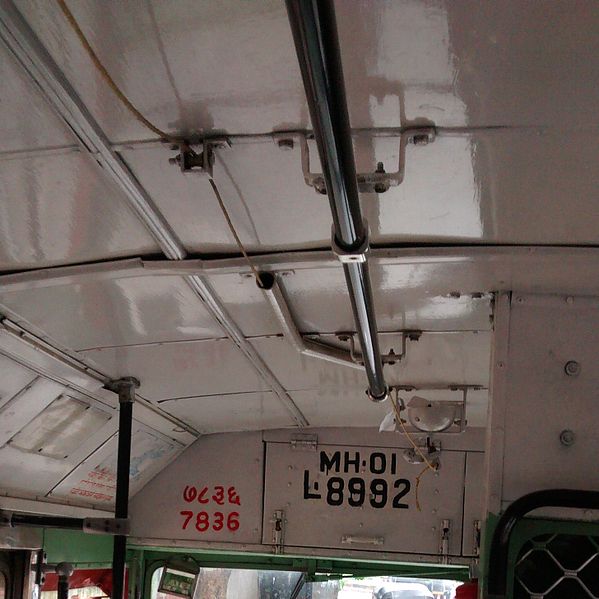Impromptu Post Alert: I’m going to try and explain where my fascination for buses comes from.
It all dates back to 1998. I believe I had mentioned this on the second blog post where I spoke about why Bus No. 56 meant to much to me. This pretty much predates that. I spent my early days growing up in in Madras, known to most people as Chennai, where buses have an interesting story of their own. Earlier operated by the Pallavan Transport Corporation, and since renamed to the Metropolitan Transport Corporation, these buses [originally green in colour] enjoyed a notorious infamy similar to Delhi’s Blueline buses. They had a nickname too: Pallavan Kollavan, which literally means Killer Pallavan. My first encounter with a Pallavan bus was aroun 1997 when a bus drove off the bridge over the Adayar River at Ekkaduthangal and landed on the older bridge below. For some strange reason, this incident remained on my mind for weeks.
Fast forward to 1998, shift to Bombay, also known as Mumbai. The city that I today consider my home. I had been to Bombay back in 1996, but it was when I shifted in 1998 that things started falling into place. Staying in Vashi, the first thing that was done was to find a school to get into. The school we found, was in Santacruz. Thus, my first trip in a BEST bus, a 505 Ltd from Vashi to Bandra occurred.

Slowly, as I grew up, trips by buses increased. First, it was the school bus. Since we had multiple school buses going to the same destination, with different routes, several of my fellow bus mates started having mock rivalries with students in different buses. It became a matter of prestige when our bus reached before the other one.
Slowly, I started taking BEST buses when I missed the school bus, or had to come back late. I used to take BEST buses for various classes and my attachment to them began. Of course, living in Bombay meant that there would be an extra attachment to BEST because there were proper marked bus stops, both shelters and unipoles everywhere.
This slowly escalated to a point where I preferred my 56 to the school bus. I used stuff all the tickets [then and now considered a Collectors item] in my backpack. I was once caught by a Ticket Checker and he went thru around 300 tickets in my bag looking for the right one. I’ve never had such a collectors fetish for any other city’s tickets.
Come 2008, and a shift to Bangalore. I have to take a bus home from college. I discover that the city’s buses were [and still are] lacking in many ways. No direct buses home! I had to switch buses for a 5km distance. This acute badly managed set of buses got me interested in how to fix the issues. I wrote numerous times to the BMTC and then Transport Minister R Ashok. I posted on Facebook, and Skyscrapercity. Not that it made much of a difference though. I had a box of BMTC tickets, and unlike BEST, had no special attachment to them. I decided to build a model plane [curiously named the Flightplane Vajra after BMTC’s Vajra buses from where most of the tickets originated]. I designed the template with a regular sheet of paper, and thickened it with layers of bus tickets. Of course, the plane never did get built, its fuselage and wings are lying in different sections of my cupboard, mainly because I abandoned my Engineering dreams to take up a BSc.
In 2009, I came to the conclusion that buses were the future of Transport. I badgered anyone around me who was willing to listen. It was the year I made my first long-distance bus trip from Bangalore to Bombay, one that was to occur frequently in the years to come. I just hunted around looking for validation for my theory. I thought I was right when Mercedes Benz launched their buses, but it fizzled out. Later on, Scania’s entry and its presently strong market share have proven me correct. The biggest validation I did receive, however, was in 2016, when R Jagannathan of Swarajya wrote an article titled Why The Future Of Urban Transport Is The Bus, And Not Necessarily The Metro. I lurk around Swarajya too, writing on transport and urban affairs.
Post Bangalore, I moved to Coimbatore. I took to buses again. I traveled around the city, the suburbs, nearby districts, exploring towns, villages, rivers, farmlands, temples, etc. During Republic Day 2013, I traveled 350km by bus to Ulundurpet and Villupuram to take a photograph of two Toll Plazas.
I made a few trips to Ahmedabad in this period where I got addicted to traveling by the Janmarg. Being my first BRTS experience, it had a profound impact on me.
Then came the next move to Pune. Along with Pune, came a few trips to Dehradun, Delhi and Gurgaon. I made full use this time, with complete travel across all cities, taking as many buses as possible. The Pimpri-Chinchwad BRTS has a special connection to me.
By 2015, I had decided that I *just had to* start writing about buses somewhere. Starting a blog seemed to be the most apt thing to do, and thus, I did.
Here is my philosophy behind taking buses:
- You learn the city. I don’t look at a city by its stores, malls and cafes. I look at it for its topography, its layout, the culture of each locality.
- Buy a Daily Pass, board a bus and just scoot off! Take a camera or a phone, and click random photographs while traveling. You learn a lot of interesting stuff.
- I learnt Kannada and Marathi thanks to buses. I went from knowing just Aai Kuthe [Where is your mother] to Bus kramank 56 ghe, ani Khar dandachya bus stop utara [Take Bus 56 and get down at Khar Danda bus stop. I know my Marathi is still weak].
So, that’s the story behind my bus-mania!
This post is dedicated to three very special friends:
- Geetzy, who although doesn’t take a bus, encourages me to remain positive. To put it in perspective, don’t fret in traffic. You are in a bus with a Pass, not in an Uber, paying by the minute.
- Nidhi, who till date is the only person who has understood my craze, and has bought a pass to accompany me in a bus with her camera.
- Sammy, who clicked a photo of a bus when I badgered him to do so.
So go ahead, share my craze among your friends. We all have a passion or obsession. What’s yours?
I am taking my Alexa rank to the next level with Blogchatter. Current rank: 696991 globally and 59804 in India.
Why am I fascinated by buses? #TransitStories Click To Tweet
![]()

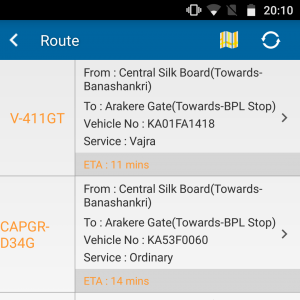
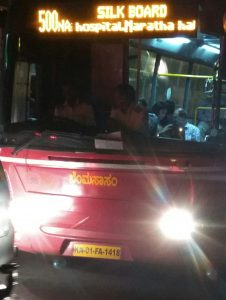

![Logo of the Jawaharlal Nehru National Urban Renewal Mission [JnNURM].](https://upload.wikimedia.org/wikipedia/commons/1/1c/JnNURM_logo.jpg)


